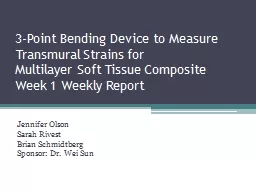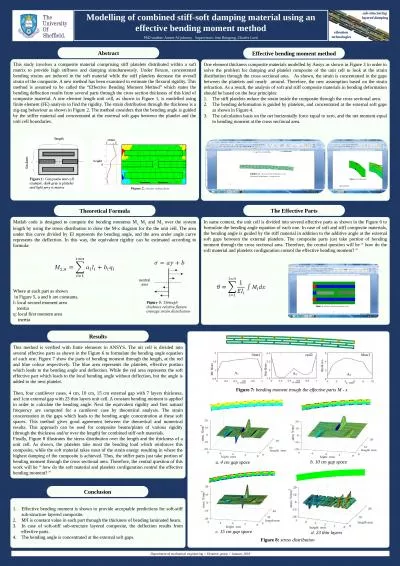PPT-Bending Ironic for Big Iron
Author : stefany-barnette | Published Date : 2018-09-22
Doug Szumski Mark Goddard Forest Godfrey Overview OpenStack T he foundation of Crays next generation system management software We need to support B ooting large
Presentation Embed Code
Download Presentation
Download Presentation The PPT/PDF document "Bending Ironic for Big Iron" is the property of its rightful owner. Permission is granted to download and print the materials on this website for personal, non-commercial use only, and to display it on your personal computer provided you do not modify the materials and that you retain all copyright notices contained in the materials. By downloading content from our website, you accept the terms of this agreement.
Bending Ironic for Big Iron: Transcript
Download Rules Of Document
"Bending Ironic for Big Iron"The content belongs to its owner. You may download and print it for personal use, without modification, and keep all copyright notices. By downloading, you agree to these terms.
Related Documents














